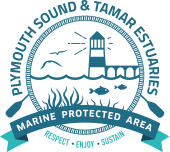Increased human activity near the waters edge can disturb over-wintering birds and can cause damage to fragile habitats through trampling.
In order to avoid these impacts, construction of footpaths and cycleways should have regard for the following measures to reduce the associated impacts.
